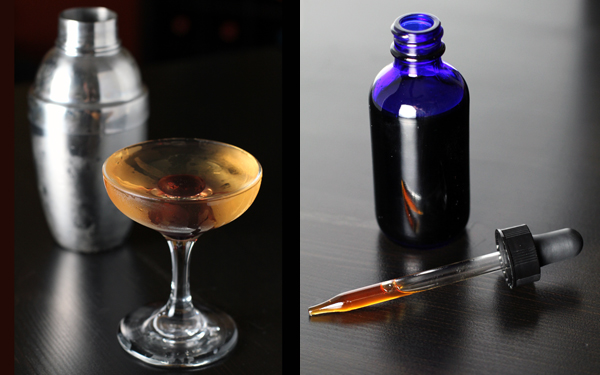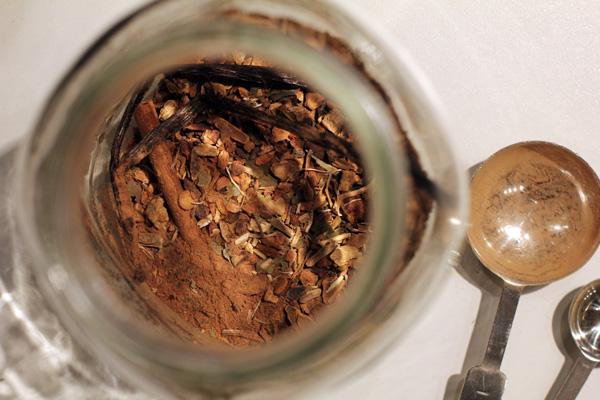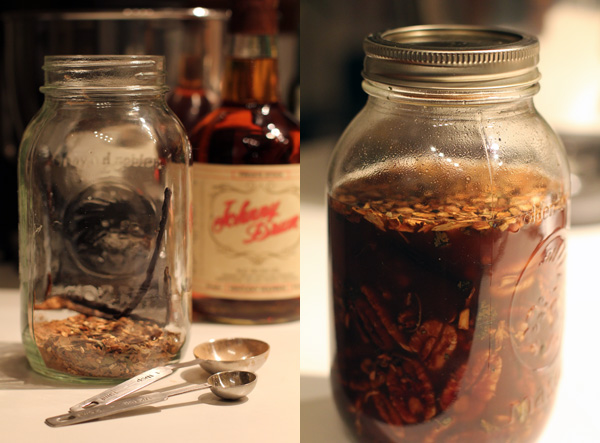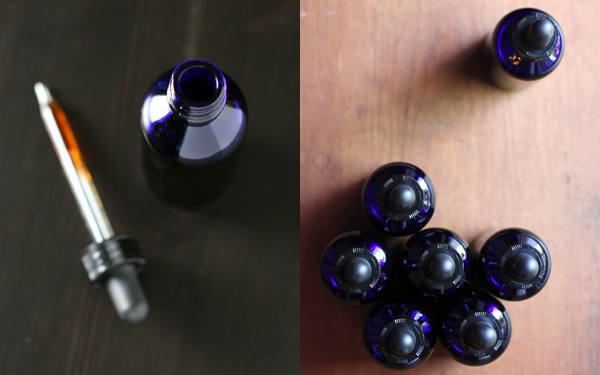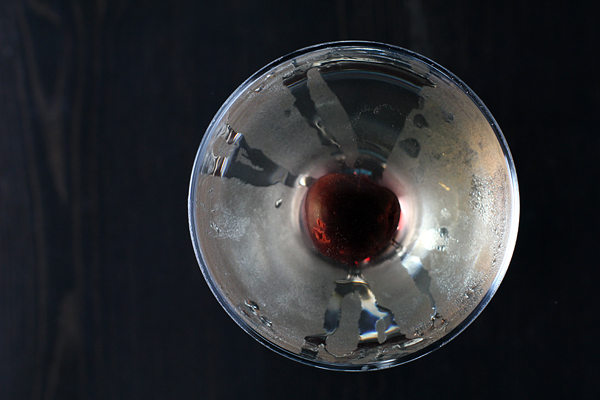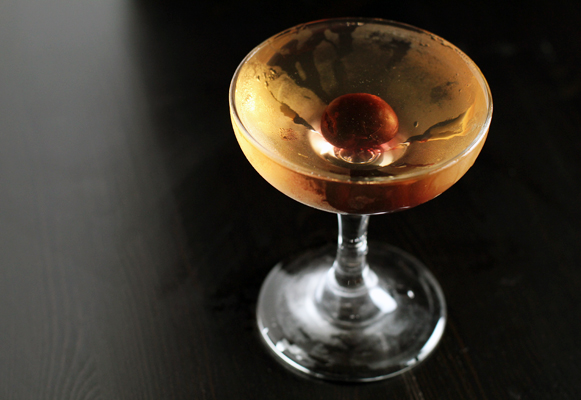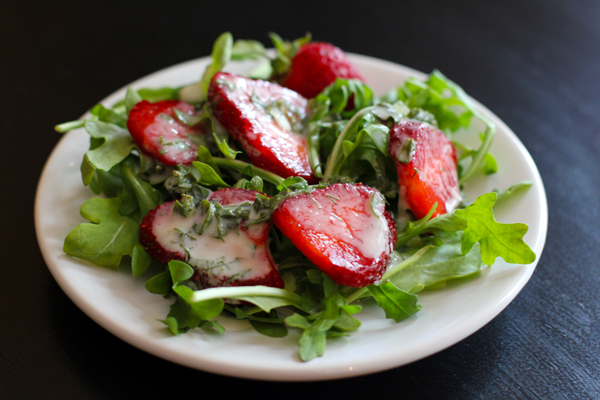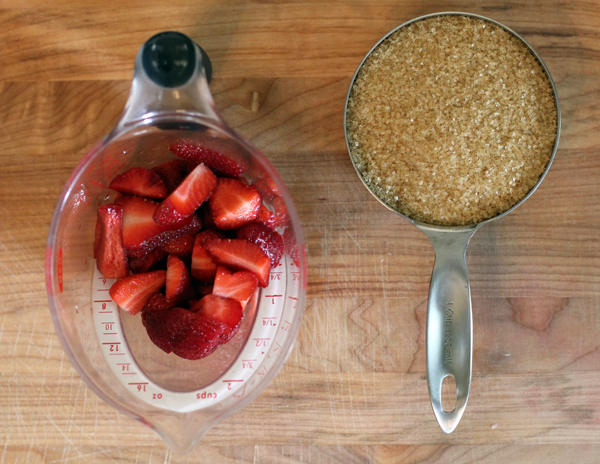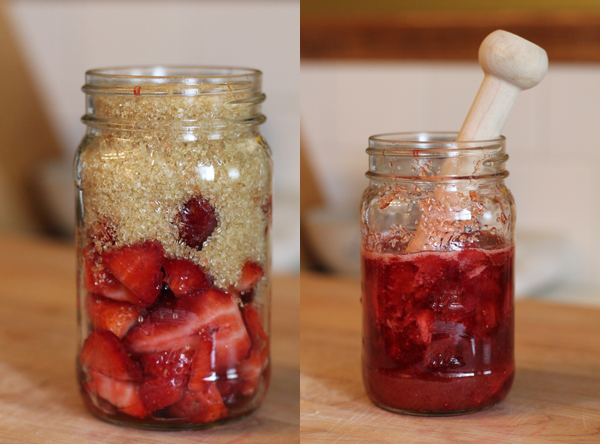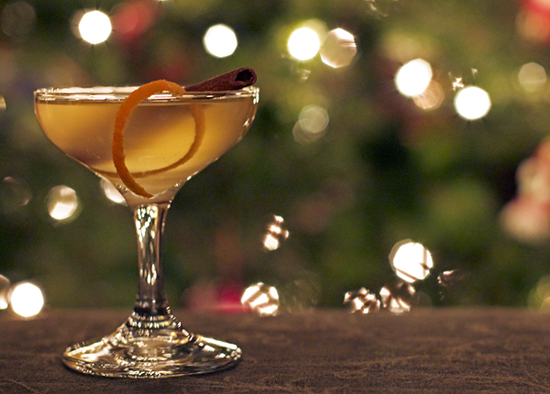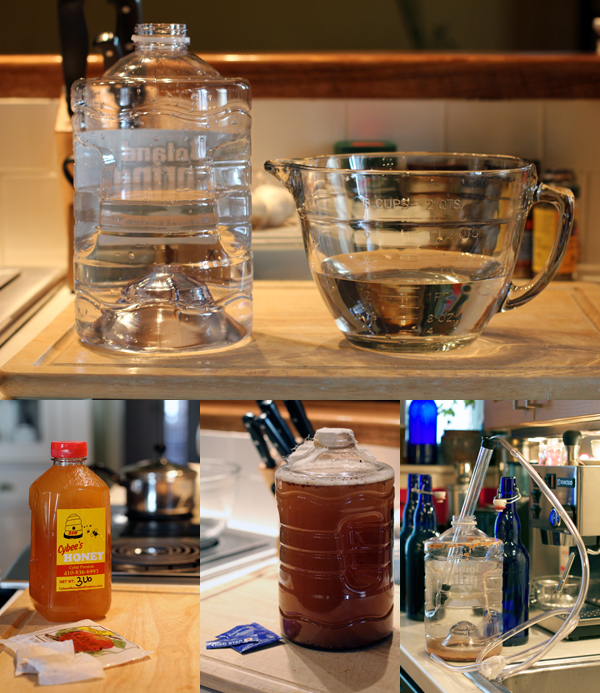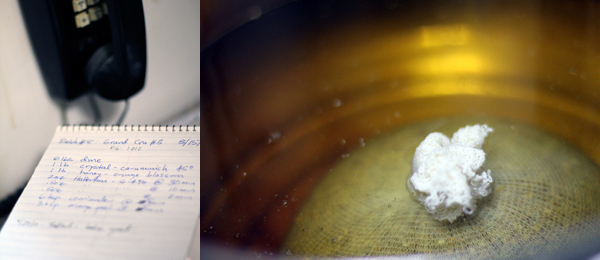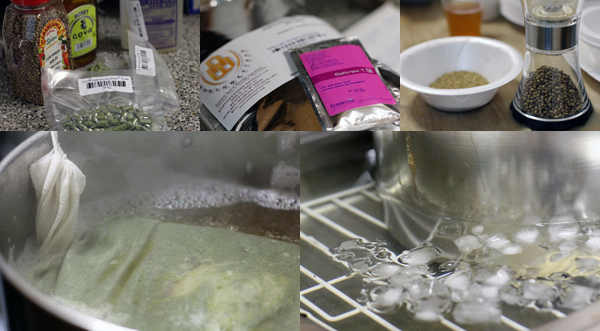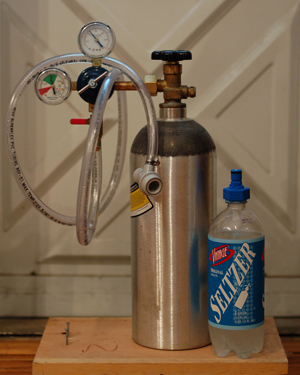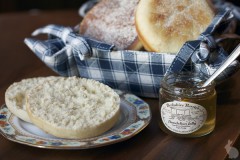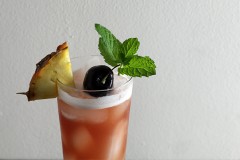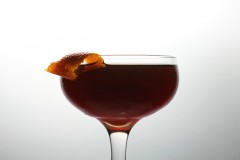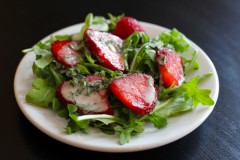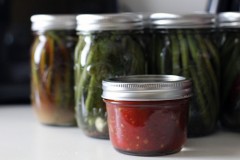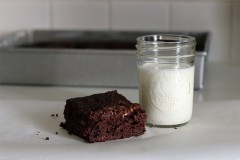I tossed “how to make your own house bitters” into Google’s search engine so many times, I’m no longer sure where the original impulse came from. Given my love for odd ingredients, science experiment-like kitchen activity, and small jars, however, it’s not difficult to see why the fascination stuck. After combing through some online instruction, this recipe published in Food + Wine (and contributed by Brad Thomas Parsons, the man who literally wrote the book on bitters) seemed a manageable place to wade into the pond.
Recipe selected, it was time to go shopping! I don’t know about your kitchen, but my pantry wasn’t already stocked with devil’s club root and wild cherry bark. Online retailers such as the Dandelion Botanical Company, however, were ready to outfit me. I must admit feeling a certain “earth mama meets wicked witch” vibe while scanning the shop’s inventory and selecting my poisons, er, I mean, herbs. I also ordered a copy of Parsons book for good measure. I could already feel that this was going to be habit forming.
Once I received my collection of small ziplock baggies filled with various dried leaves and twigs, I measured out all the required bitters-making ingredients into a jar and had it all made up in a manner of minutes. The most difficult part of the recipe was the waiting–in total, the process takes a little over two weeks–and remembering to shake the mixture each evening. (In the end, B set a recurring alarm for us on his phone.)
As time wore on, there was some required straining and boiling, but mostly more waiting. Eventually the time arrived to add the final bit of maple syrup and bottle this concoction. For want of small bottles, it was time to go shopping again! (Now, shopping is not normally an activity I enjoy, but in the virtual aisles of Specialty Bottle, I think I began to understand how most women must feel in shoe stores.)
Admittedly, now as I read through recipes for such interesting things as Rhubarb Bitters, I see that my autumnal-toned bitters may have been a little heavy for the season. Indeed, its warm and rich taste profile is well matched to bourbon and rye and apple pie. I was not about to wait for the falling leaves before using it, however, so Wonderland Mixologist Brian Sacawa designed us a drink to imbibe in the meantime.
Wonderland White Manhattan
2 oz. Catoctin Creek Organic Mosby’s Spirit
1/2 oz. dry vermouth
1/2 oz. bénédictine
2 dashes Woodland Bitters
Cherry
Fill a cocktail shaker with ice and measure in all the liquid ingredients. Stir, don’t shake, the drink and strain into a chilled coupe. Garnish with a cherry.

